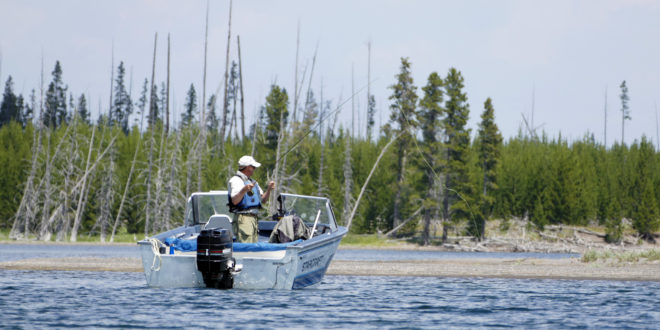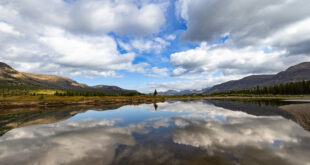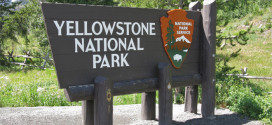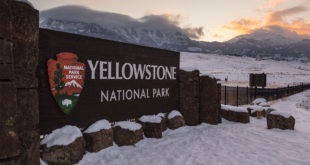Yellowstone officials will impose stricter watercraft standards to curb the threat of aquatic invasive species proliferating in the Greater Yellowstone Ecosystem.
The news comes after the park announced it last month it was considering a ban on felt-soled wading boots, which officials say are more liable to track insect and mollusk eggs as well as plant material.
According to K2 Radio, officials cite the discovery of zebra mussels in parts of Montana in 2016 as the impetus for stricter watercraft guidelines:
In general, these animals are “nonindigenous species that threaten the diversity or abundance of native species, the ecological stability of infested waters, and/or any commercial, agricultural, aquacultural, or recreational activities dependent on such waters,” according to the National Invasive Species Information Center that works with multiple federal agencies. The National Wildlife Federation has other information about the damage invasive species can cause.
Yellowstone National Park wants boaters to follow these rules to stop the spread of aquatic invasive species (AIS):
• All watercraft must have a boat permit and a Yellowstone AIS inspection before launching in the park. Watercraft include, but are not limited to, power boats, sail boats, canoes, kayaks, and angler float tubes. Permits and inspections are available seven days a week between 8 a.m. and 4:30 p.m. at various locations in the park.
• If a boat does not pass the AIS inspection, it will not be allowed to enter park waters.
• Boaters will find moveable barriers at Bridge Bay, Grant Village and Lewis Lake. The barriers are in place to prevent non-permitted, non-inspected boats from entering park waters. Permitted boaters with inspected boats can move the barriers to exit the water.
• If nonnative mussels are detected in the Greater Yellowstone Ecosystem or surrounding area, park managers will consider a temporary closure of all park waters to watercraft (motorized and non-motorized). The park is currently developing a rapid response plan.
• If nonnative mussels are detected in Yellowstone, a closure to all watercraft (except authorized National Park Service boats) will occur to prevent the spread to other waterways.
• Managers will convene a science panel to objectively evaluate AIS prevention and management in the park.
Beyond these measures, according to K2, watercraft owners should take the following precautions they don’t inadvertently transport invasive species: clean all sand, mud and scum from the vehicle; use hot (120-140˚F) water to clean when possible; drain all water from boats, including the bilge and livewell; don’t close drain plugs when transporting watercraft and, when not in use, dry all compartments in the sun for at least five days.
 Yellowstone Insider Your Complete Guide to America's First National Park
Yellowstone Insider Your Complete Guide to America's First National Park





